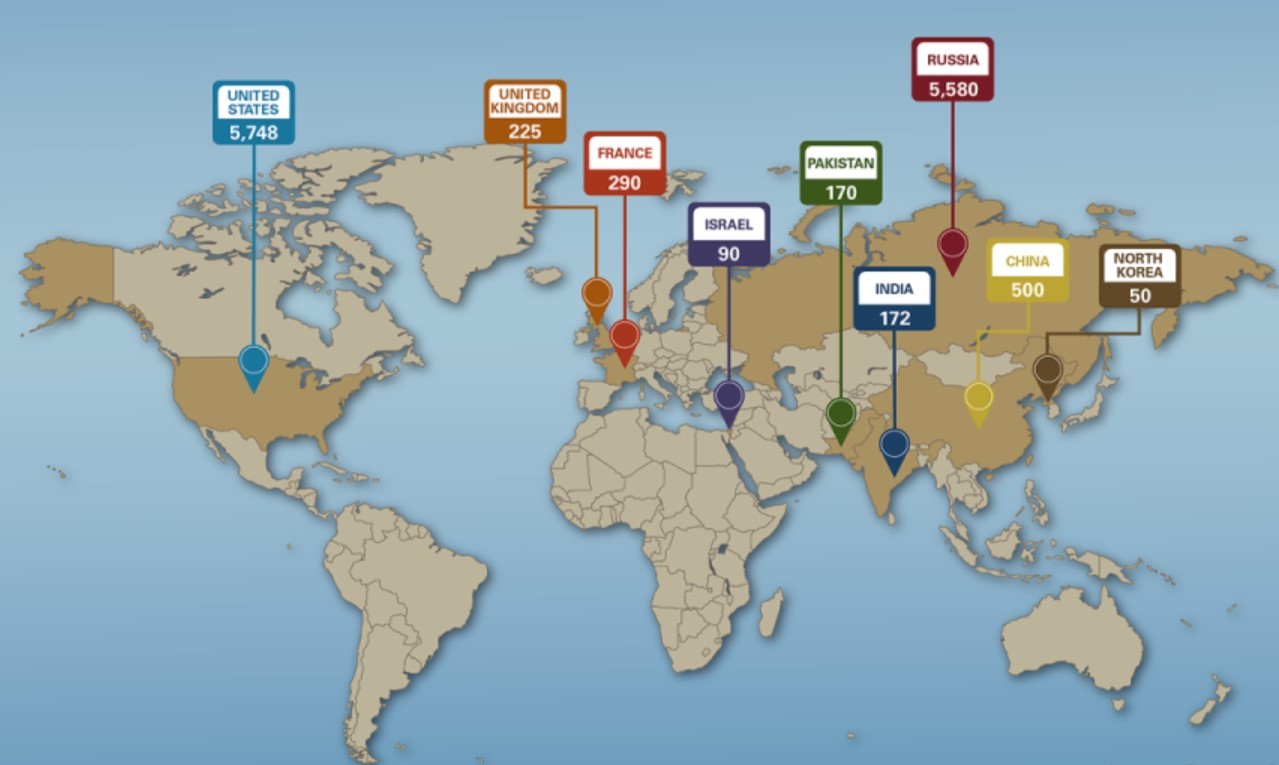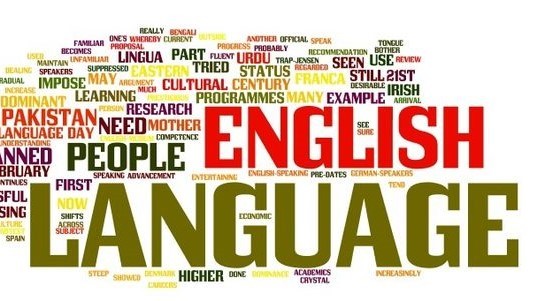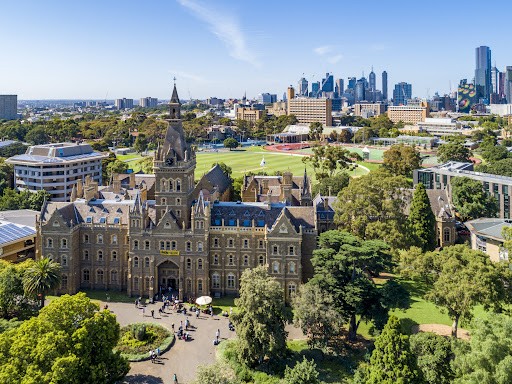How Many Countries Are There In Oceania: Facts, Figures and Population
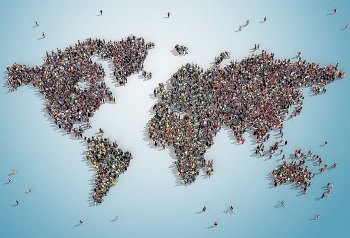 How Many Countries & Territories Are There In The World Today (Updated in 2023) How Many Countries & Territories Are There In The World Today (Updated in 2023) |
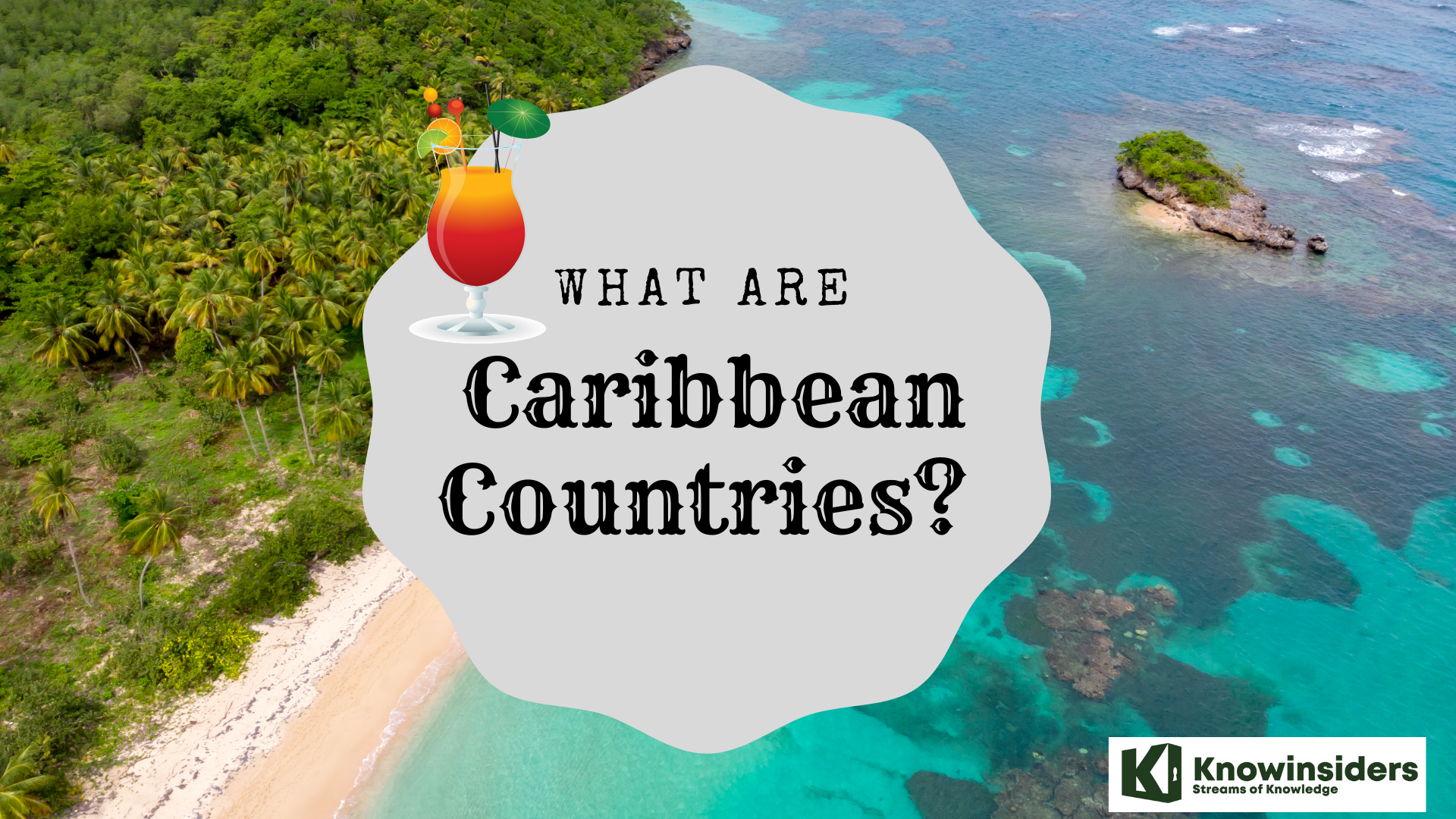 How Many Countries & Territories Are There in Caribbean Today? How Many Countries & Territories Are There in Caribbean Today? |
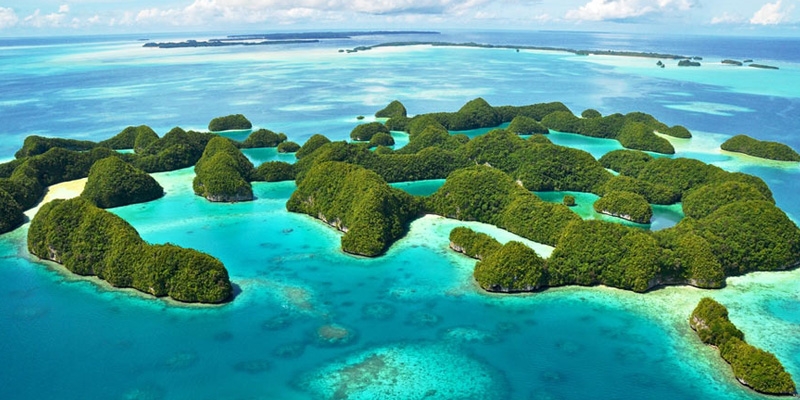 |
| How Many Countries Are There In Oceania? |
| Contents |
Where is Oceania?
The South Pacific Ocean's Oceania region is made up of numerous distinct island groups. More than 3.3 million square miles (8.5 million square kilometers) are covered by it. The Oceanian island groups are both sovereign states and dependent territories of other countries.
In the sixteenth century, European seafarers began exploring the area, but the Polynesians were the first to explore and settle the area.
An estimated 35 million people live on earth, with just over 22 million living in Australia and 4 million in New Zealand. The population of the various Pacific Island countries and territories is roughly 9 million, with variations seen depending on the size of the country.
| Additionally, Oceania is home to a wide variety of ecosystems, including coral reefs, kelp forests, mangroves, montane forests, wetlands, and deserts. Nature supports island communities' daily lives throughout the Pacific. Nature is the main source of food, water, and income as well as having cultural significance. However, the risk of biodiversity loss is rising in many countries due to mounting pressures from expanding populations, extractive industries, infrastructure improvements, and invasive species. |
How Many Countries Are There In The Oceania?
 |
| Photo Tourist Tube |
Oceania is made up of 9 dependencies in addition to 14 countries. The area has a population of over 43 million. Oceania's largest and most populous nation is Australia.
Both New Zealand and Papua New Guinea have sizable land areas and populations that number in the millions. The other nations and dependencies of Oceania, however, are made up of numerous small islands and have populations between 900,000 and 1,500.
| # | Country | Population (2020) | Subregion |
|---|---|---|---|
| 1 | Australia | 25,499,884 | Australia and New Zealand |
| 2 | Papua New Guinea | 8,947,024 | Melanesia |
| 3 | New Zealand | 4,822,233 | Australia and New Zealand |
| 4 | Fiji | 896,445 | Melanesia |
| 5 | Solomon Islands | 686,884 | Melanesia |
| 6 | Micronesia | 548,914 | Micronesia |
| 7 | Vanuatu | 307,145 | Melanesia |
| 8 | Samoa | 198,414 | Polynesia |
| 9 | Kiribati | 119,449 | Micronesia |
| 10 | Tonga | 105,695 | Polynesia |
| 11 | Marshall Islands | 59,190 | Micronesia |
| 12 | Palau | 18,094 | Micronesia |
| 13 | Tuvalu | 11,792 | Polynesia |
| 14 | Nauru | 10,824 | Micronesia |
Dependencies or other territories
| # | Territory | Population (2020) | Dependency of |
|---|---|---|---|
| 1 | New Caledonia | 285,498 | France |
| 2 | French Polynesia | 280,908 | France |
| 3 | Guam | 168,775 | U.S.A. |
| 4 | Northern Mariana Islands | 57,559 | U.S.A. |
| 5 | American Samoa | 55,191 | U.S.A. |
| 6 | Cook Islands | 17,564 | (partly New Zealand) |
| 7 | Wallis & Futuna | 11,239 | France |
| 8 | Niue | 1,626 | (partly New Zealand) |
| 9 | Tokelau | 1,357 | New Zealand |
What are the countries In The Oceania?
1.Australia
Area: 2,988,901 square miles (7,741,220 sq km)
Population: 23,232,413
Capital: Canberra
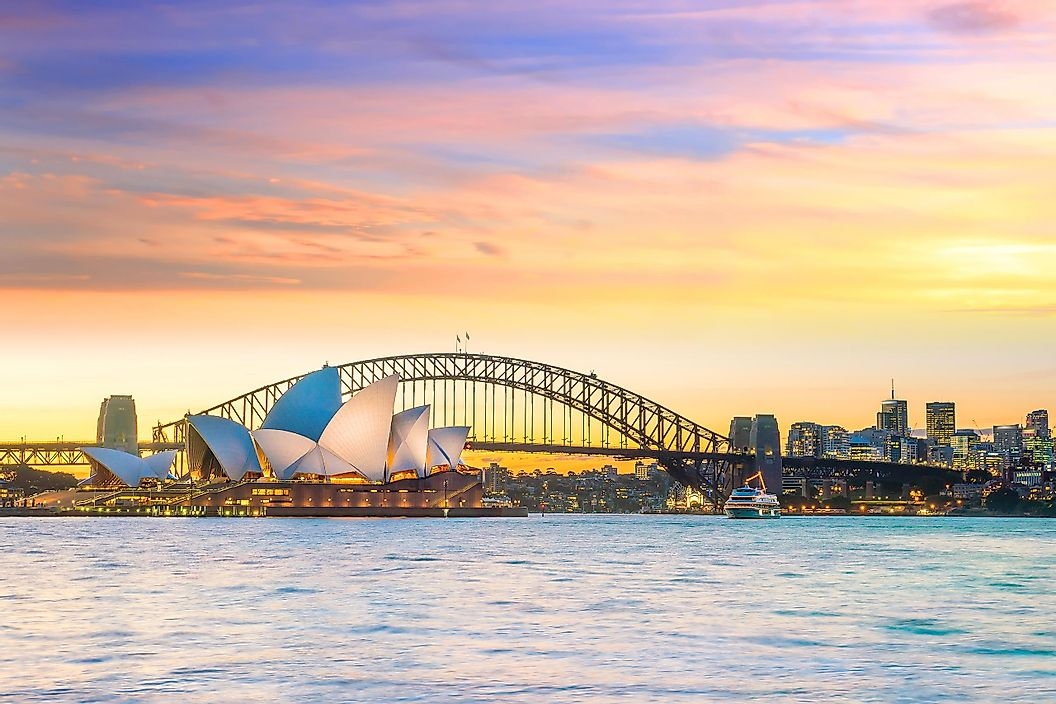 |
| Photo Shutterstock |
Oceania's largest and most populous nation is officially referred to as the Commonwealth of Australia. With a population of more than 25 million, Australia is home to more than half of all people living in Oceania. Australia is special in that it is both a nation and a continent. With a total area of more than 7.6 million km2, it is the largest country in Oceania and the world's smallest continent. The largest economy in Oceania is located in Australia.
| Sydney is the largest and most populated city in Oceania. The population of the largest city in Australia is over 5 million. In Oceania, Sydney has the most ethnically and culturally diverse population. There are over 250 languages spoken here. |
READ MORE: Top 10 Highest Mountains in Australia
2.Papua New Guinea
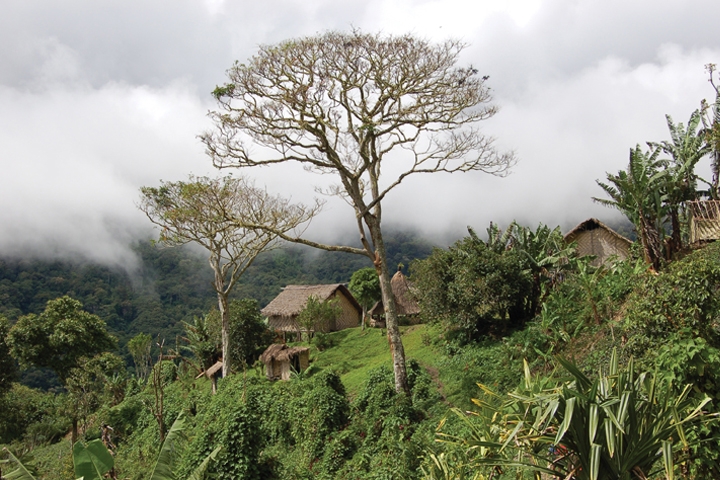 |
| Photo Doanhnhanplus |
Area: 178,703 square miles (462,840 sq km)
Population: 6,909,701
Capital: Port Moresby
With roughly 9 million people, Papua New Guinea is Oceania's second-most populous nation. Additionally, it is the largest and most populous nation in the Melanesia subregion. The total land area of Papua New Guinea is 452,860 km2. The island of New Guinea, which it shares with Indonesia, contains the majority of its territory. The world's most linguistically diverse nation is Papua New Guinea. Although English is the nation's official language, there are more than 700 other languages that are also spoken there.
Located in the western Caroline Islands of the North Pacific Ocean, Palau is a tiny island nation. About 700 kilometers east of the Philippines is the nation. There are 566 smaller islands and 20 larger islands in Palau. There are just over 18,000 people living there, and the nation has a land area of 460 km2. Palau's population is primarily Micronesian, but there are also Malayan and Melanesian elements. Although English is the official language of Palau, the island nation also has its own indigenous language known as Palauan. Due to Palau's free association with the US, its external security is ensured. The dollar is used as Palau's official currency.
3.New Zealand
Area: 103,363 square miles (267,710 sq km)
Population: 4,510,327
Capital: Wellington
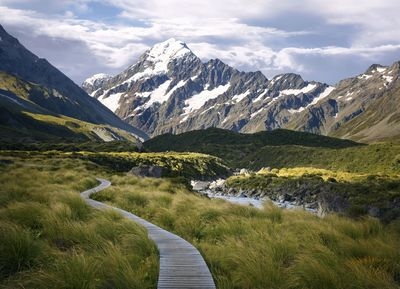 |
| Photo Getty |
The larger island of New Zealand, South Island, is the 14th largest island in the world. North Island, though, is where about 75 percent of the population lives.
Oceania's Tallest Point Is In New ZealandAoraki/Mount Cook, which is located in New Zealand, is the highest mountain in Oceania. This enormous mountain, also known as Aoraki, rises to a height of 12,316 feet at its highest point. The Aoraki/Mount Cook National Park, which was established in 1953, contains 72 glaciers and 19 mountain peaks with elevations greater than 9,840 feet. The mountain is referred to as Aoraki by the native South Island Maori, which means "cloud piercer." |
| Do you know? Oceania is home to more than 43 million people. More than half of Oceania's population live in Australia. |
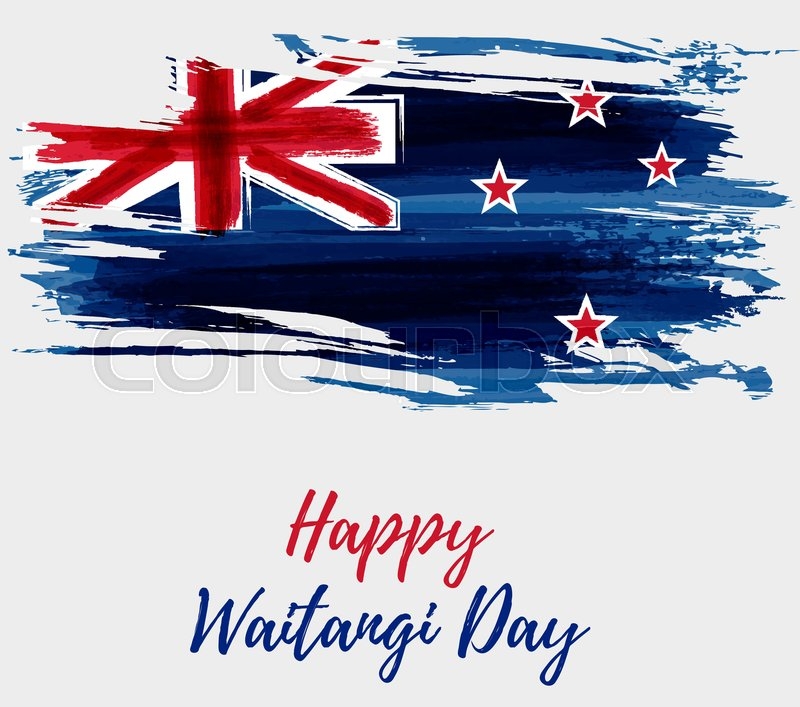 New Zealand’s National Anthems: Full Lyrics of Māori, English Versions, History New Zealand’s National Anthems: Full Lyrics of Māori, English Versions, History |
4.Fiji
 |
| Photo Shutterstock |
Area: 7,055 square miles (18,274 sq km)
Population: 920,938
Capital: Suva
Only 100 of the more than 330 islands that make up the archipelago of Fiji are inhabited. Vanua Levu and Viti Levu are the two largest islands in the nation; Suva, the capital, is situated on Viti Levu. The land area of the nation is 18,270 km2. Fiji has 900,000 inhabitants total. The majority of them are either of Indian descent or belong to the nation's Indigenous population. The conflict between these two groups has a significant influence on Fijian politics.
5.Solomon Islands
Area: 11,157 square miles (28,896 sq km)
Population: 647,581
Capital: Honiara
The Solomon Islands contain more than 1,000 islands in the archipelago, and some of the nastiest fighting of World War II occurred there.
6.Federated States of Micronesia
Area: 271 square miles (702 sq km)
Population: 104,196
Capital: Palikir
Micronesia's archipelago has four main groups among its 607 islands. Most people live in the coastal areas of the high islands; the mountainous interiors are largely uninhabited
7.Vanuatu
Area: 4,706 square miles (12,189 sq km)
Population: 282,814
Capital: Port-Villa
Sixty-five of Vanuatu's 80 islands are inhabited, and about 75 percent of the population lives in rural areas.
Located in the South Pacific subregion of Melanesia, west of Fiji and northeast of New Caledonia, Vanuatu is a nation made up of about 80 islands. The nation's total land area is 12,190 km2. Vanuatu is a hotspot for a number of natural disasters because of its location, including earthquakes, tsunamis, and volcanic eruptions. The population of the nation is about 312,000. English, French, and the English-based creole Bislama are Vanuatu's three official languages.
8.Samoa
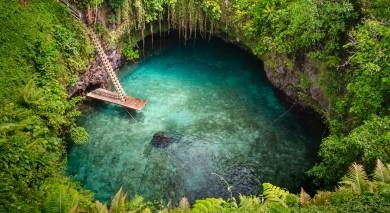 |
| Photo Enchanting Travel |
Area: 1,093 square miles (2,831 sq km)
Population: 200,108
Capital: Apia
Western Samoa gained its independence in 1962, the first in Polynesia to do so in the 20th century. The country officially dropped "Western" from its name in 1997.
9.Kiribati
Area: 313 square miles (811 sq km)
Population: 108,145
Capital: Tarawa
The island nation of Kiribati is located in the middle of the Pacific Ocean, straddling the equator. The Gilbert Islands, the Line Islands, and the Phoenix Islands are among the three island groups that make up Kiribati. The population of the nation is roughly 120,000, and the total area of its land is 810 km2. The majority of Kiribati's population, who go by the name I-Kiribati, are of Micronesian ancestry.
10.Tonga
Area: 288 square miles (747 sq km)
Population: 106,479
Capital: Nuku'alofa
The worst storm to ever hit Tonga, Tropical Cyclone Gita, a category 4 hurricane, wreaked havoc there in February 2018. On 45 of the country's 171 islands, there are about 106,000 inhabitants. According to early estimates, the capital's homes—which housed about 25,000 people—were destroyed to a degree of 75%.
11.Marshall Islands
Area: 70 square miles (181 sq km)
Population: 74,539
Capital: Majuro
The Marshall Islands contain historically significant World War II battlegrounds, and Bikini and Enewetak islands are where atomic bomb testing took place in the 1940s and 1950s.
12.Palau
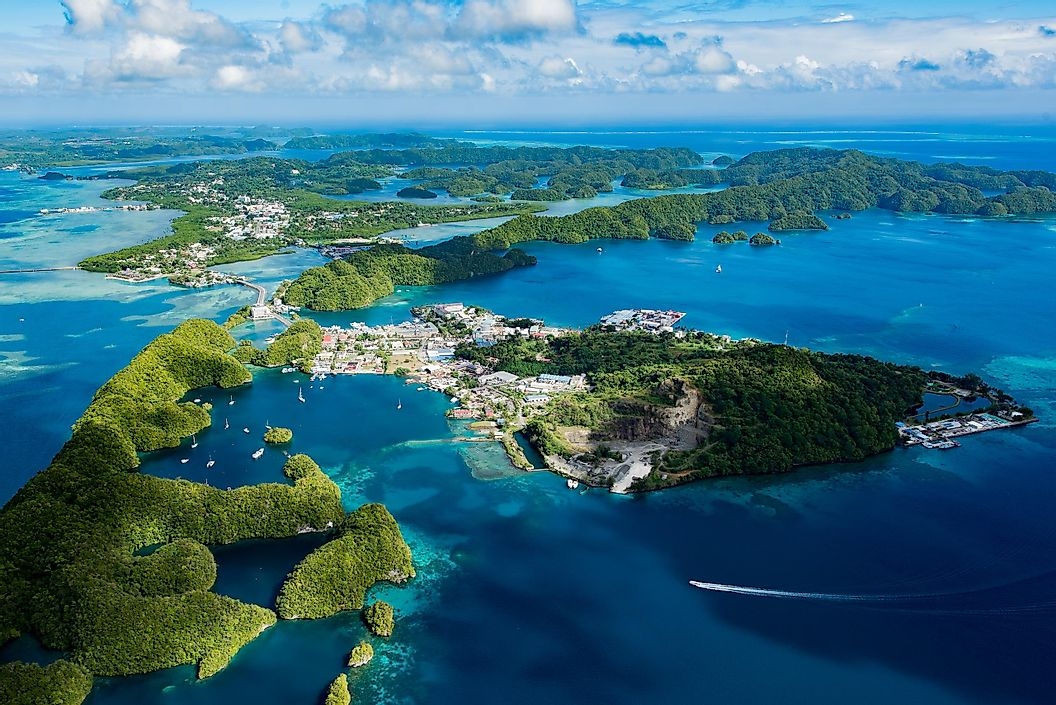 |
| Photo Shutterstock |
Area: 177 square miles (459 sq km)
Population: 21,431
Capital: Melekeok
Located in the western Caroline Islands of the North Pacific Ocean, Palau is a tiny island nation. About 700 kilometers east of the Philippines is the nation. There are 566 smaller islands and 20 larger islands in Palau. There are just over 18,000 people living there, and the nation has a land area of 460 km2. Palau's population is primarily Micronesian, but there are also Malayan and Melanesian elements. Although English is the official language of Palau, the island nation also has its own indigenous language known as Palauan. Due to Palau's free association with the US, its external security is ensured. The dollar is used as Palau's official currency.
13.Tuvalu
Area: 10 square miles (26 sq km)
Population: 11,052
Capital: Funafuti
Rain catchment and wells provide the low-elevation island's only potable water.
Tuvalu - The Drowning NationTuvalu is the tiniest nation in the world, with only 26 people. Even though the entire world is experiencing the effects of climate change, the inhabitants of Oceania's small islands do face a grave and impending threat: the total destruction of their homes. Islands could eventually be submerged by the rising sea. Because the warmer, expanding oceans have more destructive storms and storm surges, more flooding, and more erosion, what sounds like tiny changes in the sea level, often discussed in inches or millimeters, are very real to these islands and the people who live there. |
14.Nauru
Area: 8 square miles (21 sq km)
Population: 11,359
Capital: No capital; the government offices are in the Yaren District.
Extensive mining of phosphate has made 90 percent of Nauru unsuited to agriculture.
Climate Change Effects for Oceania's Small Islands
7 Best places to visit in the Oceania
1.Fraser Island (Australia), the largest sand island in the world
The largest sand island in the world that is longer than 120 kilometers is called Fraser Island, and it is situated close to the Queensland Coast, about 250 kilometers (160 mi) north of the state's capital, Brisbane.
The island has mangrove forests, eucalyptus woodlands, sand dunes, coastal heaths, and peat swamps. Of course, it also has stunning white sand beaches with pristine blue waters, which are ideal for those seeking a tranquil getaway. When visiting Oceania, you must undoubtedly visit this location.
2.Ayers Rock/Urulu, the most famous tourist centers in Australia
The most well-known natural landmark in Australia goes by the names Uluru and Ayers Rock. It is a sizable sandstone monolith in Australia's northern region, close to the city of Alice Springs. It is a red rock dome and one of Australia's most well-known tourist destinations. It is a World Heritage Site as well, and it is thought to have originated about 550 million years ago.
It's one of the most significant natural wonders in the world and one of Oceania's top tourist destinations. The Great Barrier Reef is regarded as the largest living thing on the planet and is so large that it can be seen from space.
3.Kangaroo Island ,distinctly evolved and abundant wildlife
 |
| Photo The Islander |
Due to its distinctively evolved and abounding wildlife that includes kangaroos, wallabies, koalas, penguins, and sea lions, this island is also referred to as the "Galapagos of Australia." Driving from Adelaide to Cape Jervis and then taking a quick ferry across the Backstairs Passage is the most picturesque way to get to this location.
The Wilderness Trail, which was opened in 2016 by National Parks South Australia, took more than five years and AUS$5 million (£3 million) to complete. Its goal was to develop "a great Australian walk" that makes the most of the breathtaking scenery in this area of Kangaroo Island's southwest.
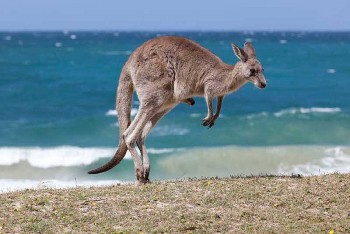 Why Can Kangaroos Jump Non-Stop Without Feeling Tired? Why Can Kangaroos Jump Non-Stop Without Feeling Tired? |
4.Bay of Islands, one of the most popular Oceania tourist attractions
The Bay of Islands, a subtropical micro-region renowned for its breathtaking beauty and history, is one of the most well-known tourist destinations in New Zealand and Oceania. It's a true paradise for those looking for beaches and water sports. You can go hiking on the island, kayak along the coast, enjoy quiet coves, and explore untamed forests.
The area's diverse marine life, which includes dolphins, whales, large marlins, and penguins and makes for a well-liked fishing location, is another major draw.
5.Nelson National Park, New Zealand
On New Zealand's southernmost island is where you'll find the Nelson National Park. It was founded in 1956 and now safeguards 102,000 hectares of the Southern Alps' northernmost region. There are calm beech forests, rugged mountains, crystal-clear streams, and lakes of all sizes in the park.
On the shores of Lake Rotoiti, a 5000-hectare beech forest is being restored by the Rotoiti Nature Recovery Project. You can see the results of this labor for yourself if you take one of the many trails through the project; it is a stunning forest that is alive with the sights and sounds of birds.
6.The Stunning Landscapes Lake Tekapo, New Zealand
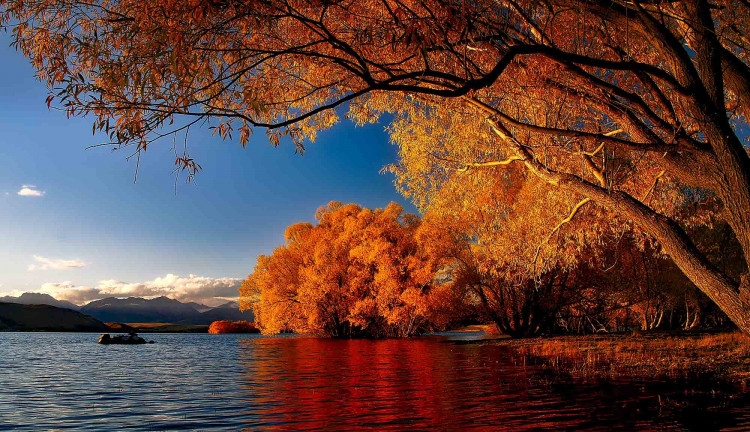 |
| Photo VisaGov |
The Lake Tekapo is the ideal illustration of New Zealand's amazingly beautiful natural sites. The country is known for its stunning landscapes and sharp contrasts. This stunning lake, located in the Mackenzie Basin about three hours south-west of Christchurch, gets its intense "milky" turquoise color from the fine rock-flour suspended in the water. genuinely amazing
7.Tahiti,a popular and luxury destination for honeymooners
Tahiti, the largest island in French Polynesia, is a very well-liked luxury vacation spot, particularly with newlyweds. Its beaches with turquoise water, tranquility, extinct volcanoes, lagoons, and waterfalls all draw tourists.
Paul Gaugin, a well-known painter, immortalized Tahiti's natural beauty and fascinating culture in numerous paintings, which helped to shape the world's perception of it as a paradisal land.
Inconslusion
KnowInsiders helps you discover both a general and a detailed picture of Oceania, including its history, countries, islands, territories, geography, people, landscapes etc.
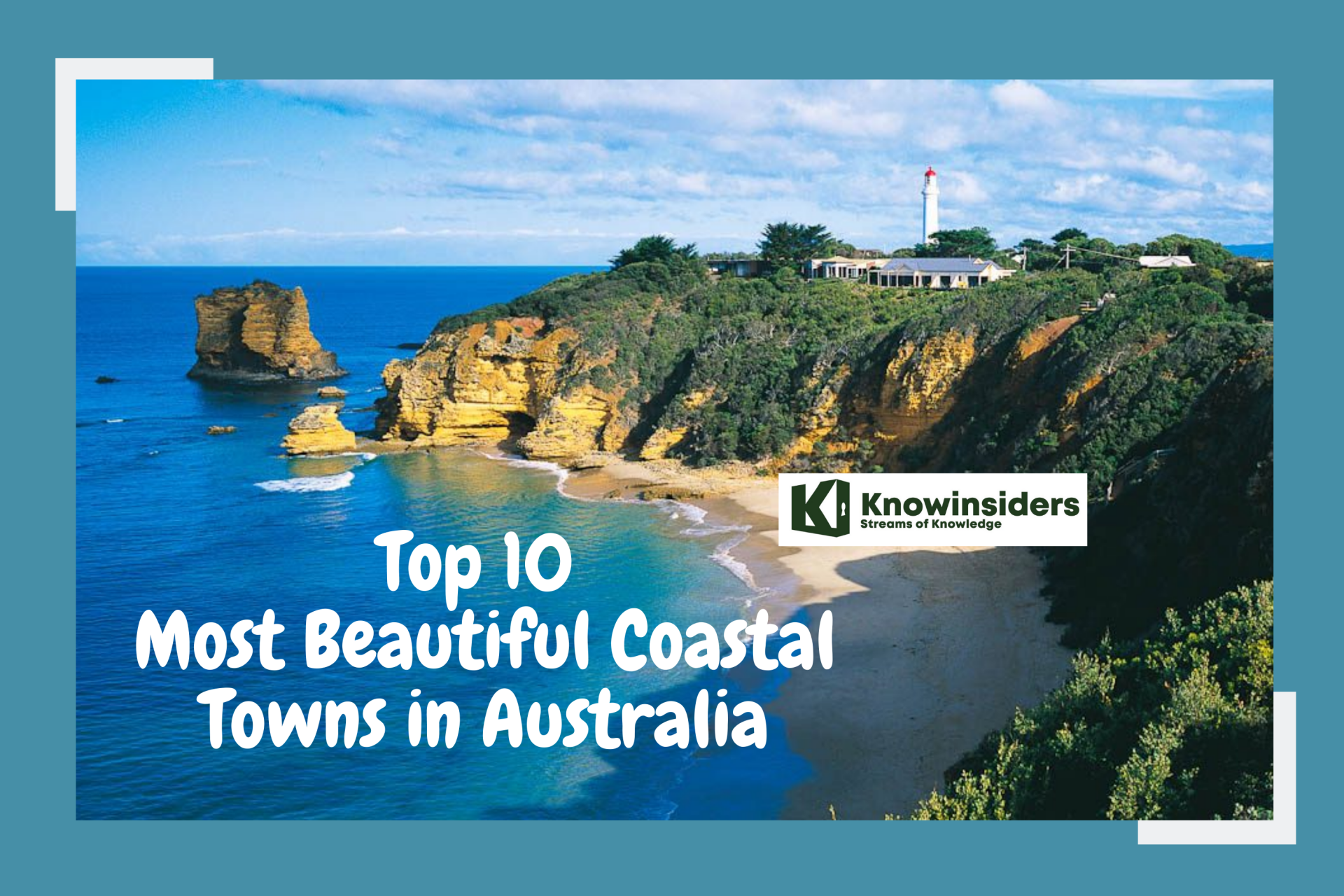 Top 11 Most Beautiful Coastal Towns in Australia Top 11 Most Beautiful Coastal Towns in Australia With over 21,100 miles (34,000km) of the coast and most of the country’s population living close to the ocean, Australia is home to hundreds of ... |
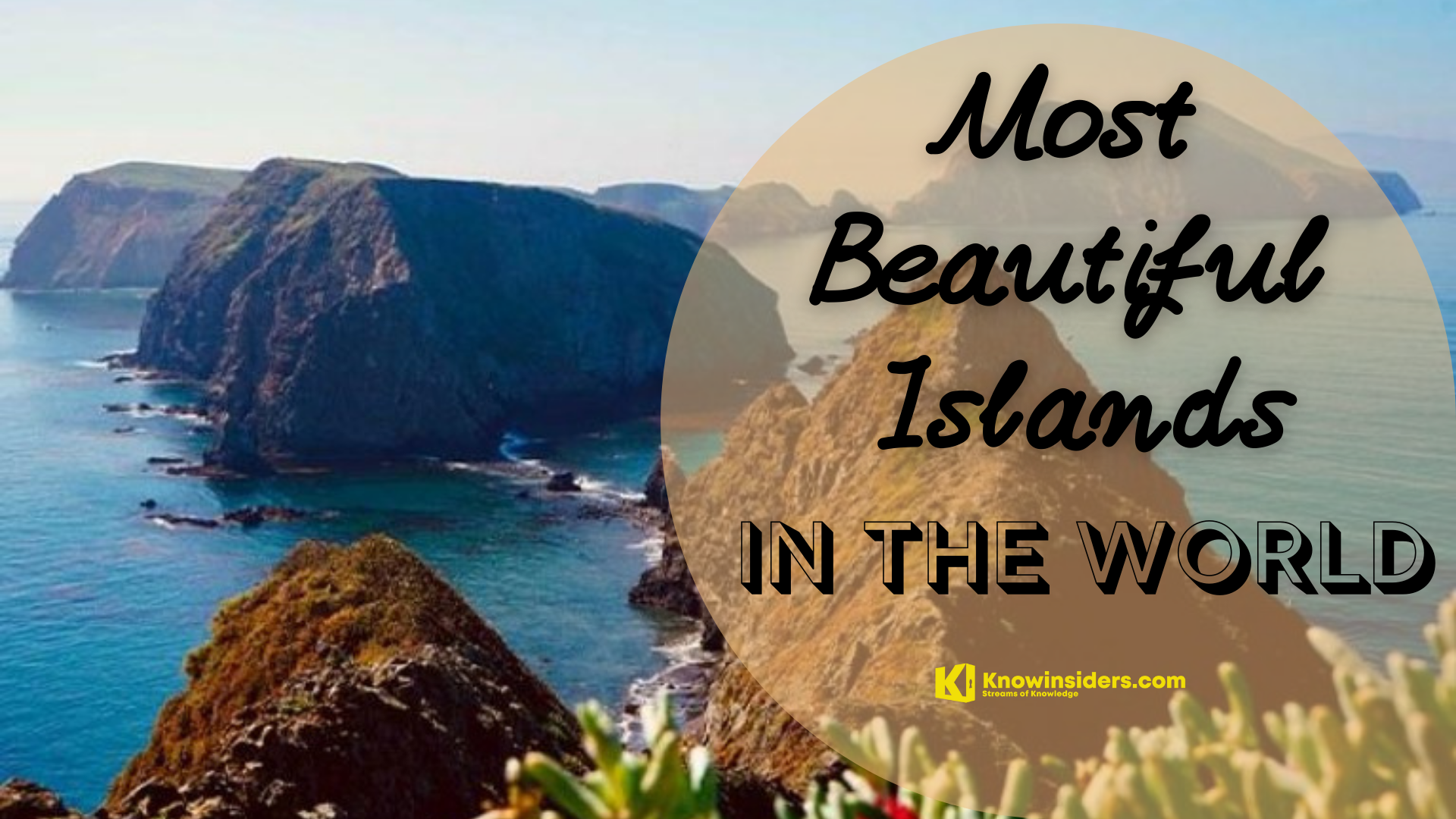 Top 10 Most Beautiful Islands In The World Top 10 Most Beautiful Islands In The World Are you ready to see stunning views that you can't find anywhere else in the world? Let's find out our top 10 most beautiful islands ... |
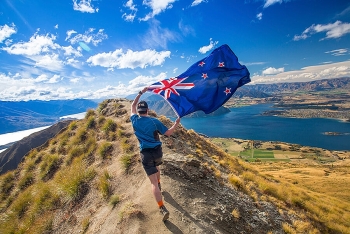 ONLY in NEW ZEALAND: Top 7 unique things surprising you! ONLY in NEW ZEALAND: Top 7 unique things surprising you! ONLY in NEW ZEALAND: New Zealand is one of the most spectacular places to travel in the world. What do you know about this beautiful ... |


